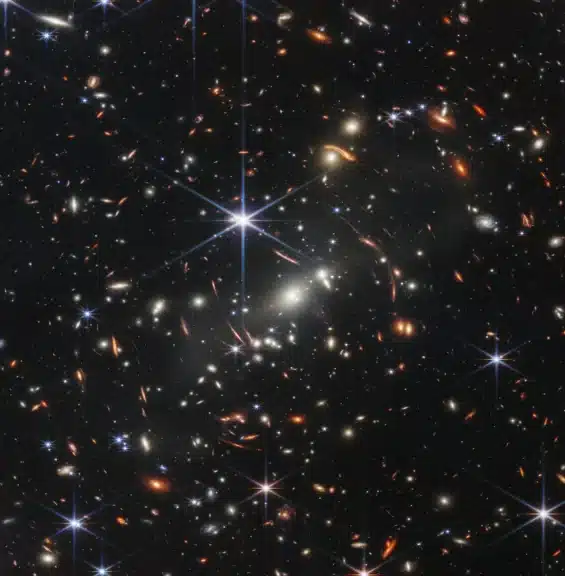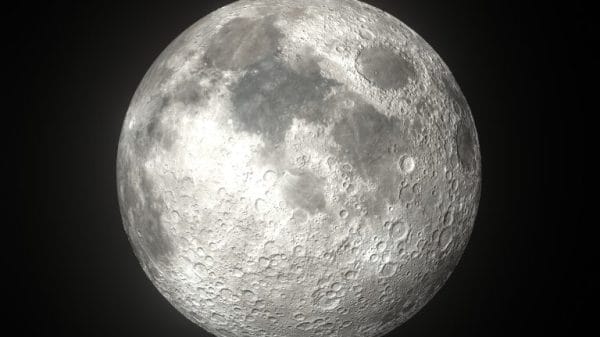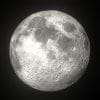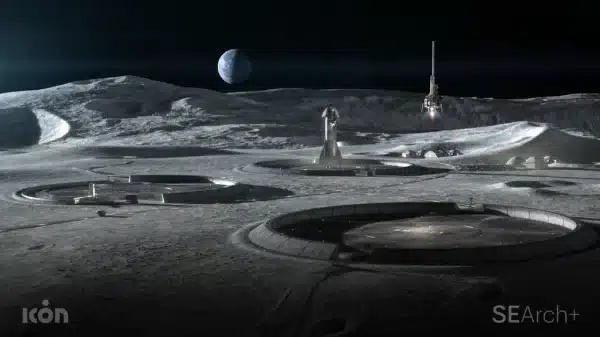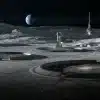In a stunning announcement, astronomers using the groundbreaking James Webb Space Telescope (JWST) have made a remarkable discovery that could revolutionize our understanding of galaxy formation. These awe-inspiring findings challenge long-held beliefs and have the potential to reshape the very fabric of cosmological science.
Equipped with its extraordinary capabilities, the JWST has peered deep into the cosmos, allowing us to witness galaxies as they appeared a mere 500–700 million years after the cataclysmic Big Bang. This unprecedented vantage point provides a tantalizing glimpse into the epoch when galaxies were in their nascent stages, just beginning to take shape.
Initially, scientists expected to find a collection of diminutive, fledgling galaxies embarking on their cosmic journey. However, their astonishment knew no bounds when they stumbled upon six galaxies that boasted masses comparable to our very own Milky Way. The implications of this revelation are profound, for it suggests that the amount of stellar mass during this early period of our Universe’s existence may be up to 100 times greater than previously conjectured. Even if we were to halve the sample, the scale of this revelation remains staggering.
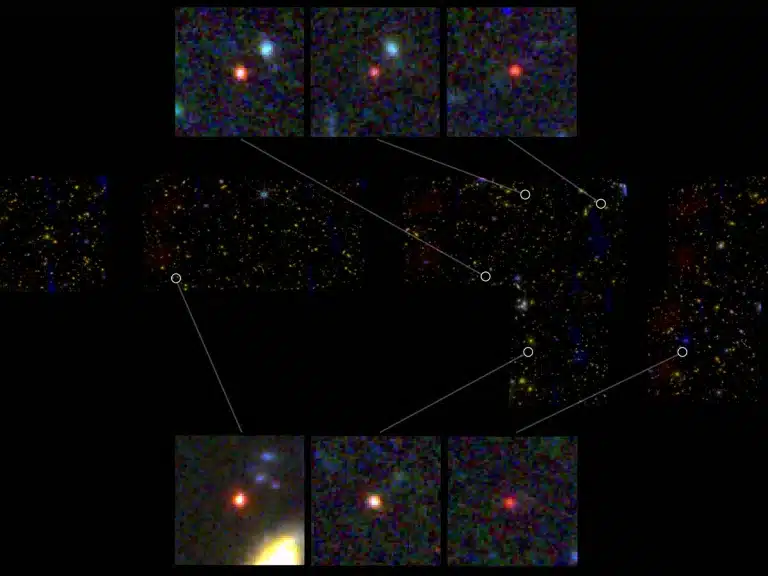
Joel Leja from Penn State University, a participant in the study, emphasizes the importance of maintaining an open mind, given that these findings represent our first foray into such distant cosmic realms. The sheer magnitude of mass uncovered by this research challenges the foundations of our understanding, heralding a paradigm shift in the study of massive galaxy formation during the Universe’s infancy.
To gain deeper insights into the discovery of these awe-inspiring “Universe-breakers” and unravel their significance, we sought the expertise of Erica Nelson, an assistant professor of astrophysics at the University of Colorado Boulder and a key member of the research team.
Let us journey back to the genesis of it all, when there was nothing but a void devoid of time and space. Then, in an extraordinary burst of energy, the Big Bang occurred, birthing the entirety of light and matter that populate our expansive Universe.
During its early stages, the Universe was a seething cauldron of intense heat and density, unlike anything we witness in the cosmos today. The objects capable of emerging from this primordial crucible were profoundly distinct from those that would come into being later.
Our quest was to uncover the first beacons of light in the vast expanse of the Universe. For this purpose, the James Webb Space Telescope was meticulously crafted, designed to cast its discerning gaze upon the earliest cosmic epochs in search of these luminary enigmas. The precise era in which they dwell remains a mystery, awaiting our discovery.

Initially, we harbored doubts regarding the JWST’s ability to discern individual stars. Consequently, our focus shifted towards seeking galaxies that exuded remarkable luminosity, acting as radiant messengers from the distant past.
As I diligently compared images captured by the Hubble Space Telescope with those obtained by the JWST, my attention was arrested by enigmatic, crimson-hued, and dazzlingly bright patches that eluded detection in the former. These intriguing anomalies sparked a fervent inquiry into their true nature.
Thorough analysis of the data led us to unveil the awe-inspiring revelation that one of these enigmatic objects was, in fact, an immense galaxy—an ancient entity from the earliest cosmic epoch. Our collaboration delved deeper and discovered more of these celestial apparitions that bore a striking resemblance to galaxies.
The earliest specimen we encountered dates back to a mere 500 million years after the resounding birth of the Universe, standing as a testament to the swift emergence of galaxies on an unimaginable timescale. Astonishingly, these primordial galaxies boasted a stellar population akin to that of our majestic Milky Way shortly after the formation of its inaugural stars.
In stark contrast, our Milky Way has undergone a majestic cosmic evolution, basking in the light of 14 billion years of existence, encapsulating the entire chronicle of the Universe itself.
The predictions derived from our cosmological theories, premised on the Big Bang transpiring 14 billion years ago, placed constraints on the maximum size galaxies could attain during specific epochs of the Universe’s chronology. Based on these prognostications, the existence of galaxies during the early junctures we have encountered seemed implausible, conflicting with the prevailing theories of cosmology.
Henceforth, we christened these extraordinary galaxies “Universe-breakers,” for they shatter the foundations of our understanding, demolishing the notion that massive galaxies necessitated billions of years to take form—an elemental tenet of our cosmological comprehension.
First and foremost, we embark upon the quest to validate whether one or more of these ethereal apparitions genuinely represent galaxies. Our encounter with such entities is unprecedented, leaving us with a profound need to confirm their true nature.
Furthermore, our insatiable thirst for knowledge impels us to seek additional specimens of these celestial enigmas, elucidating whether they constitute a statistical anomaly or if they are but fragments of a vast cosmic tapestry. The Universe sprawls before us, vast and infinite, while our observations remain confined to a minuscule patch of the sky.
Our second aspiration revolves around acquiring more JWST data, particularly spectroscopic insights. These crucial measurements will bestow upon us the ability to discern the authenticity of these captivating entities. A spectrum, indeed, holds the potential to transcend a thousand images, unveiling the enigmatic truths concealed within the cosmic tapestry. It allows us to discern the luminous footprint of a quasar, confirming the distance and age of these cosmic wonders.
In December, we were bestowed with additional data pertaining to one of these enigmatic objects, unraveled to be a nascent quasar rather than a galaxy. Behold, a quasar—a colossal black hole voraciously devouring stars, dust, and gas, metamorphosing this cosmic banquet into boundless energy. Astonishingly radiant, quasars defy intuition by emerging as some of the brightest entities in the Universe, despite their dark and insatiable nature.
While it remains plausible that some of these cosmic enigmas harbor quasars, a veil of uncertainty shrouds their true essence. We have pondered upon exotic possibilities, venturing into realms of speculation previously uncharted. The prospect of encountering the unexpected fills our hearts with an electric excitement, for discovery thrives on the frontiers of the unexplored.
Nevertheless, if even a solitary entity emerges as a galaxy amidst this cosmic symphony, it would pose a formidable challenge to the bedrock of our cosmological theories. The scientific narrative that has guided us thus far would be beckoned towards uncharted horizons, inviting us to redefine our comprehension of the vast and enigmatic Universe that enfolds us all.


